Aerospace Engineering Seminar Tutor - Aerospace Engineering AI Tutor
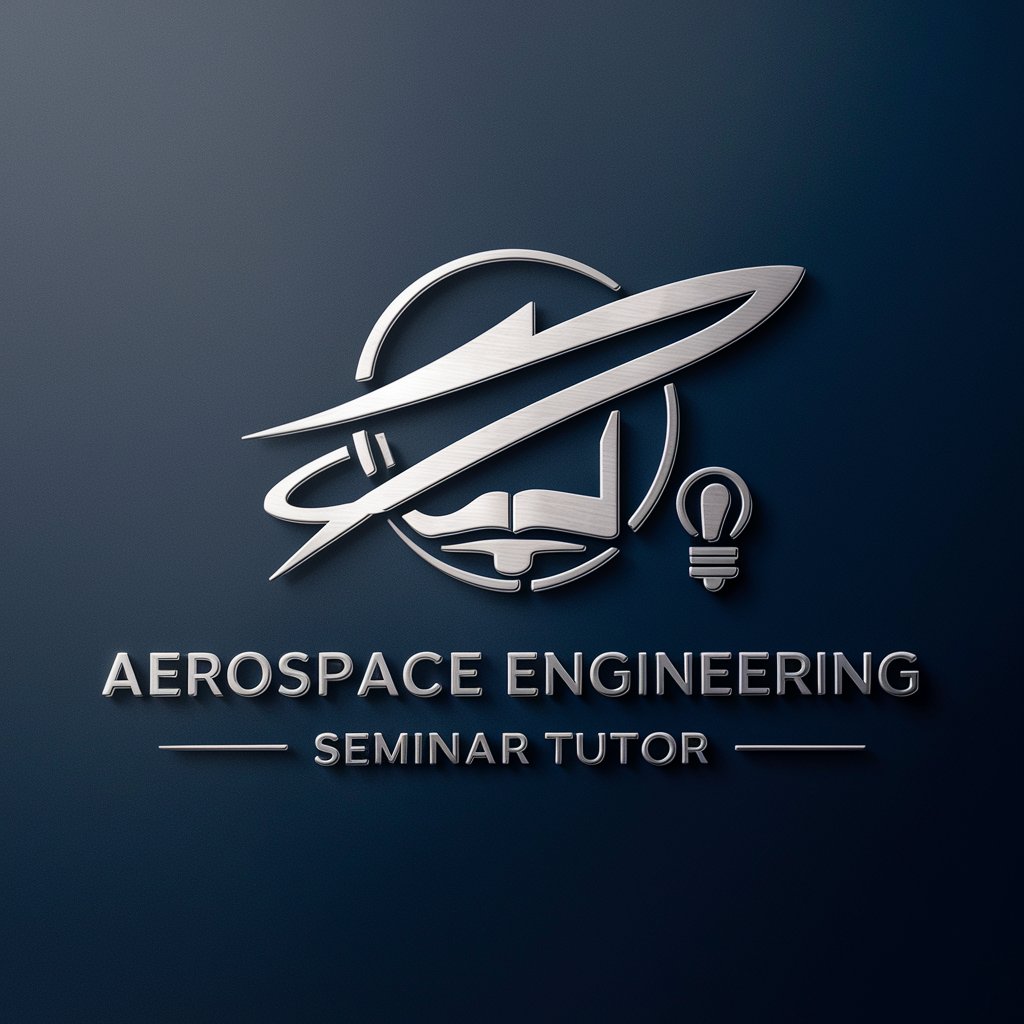
Hello! Ready to dive into aerospace engineering today?
Empowering Future Aerospace Innovators
Can you explain the ethical considerations in aerospace engineering projects?
How can I improve my technical writing skills for aerospace engineering papers?
What are the latest advancements in propulsion systems for space exploration?
Could you describe the professional practices expected in the aerospace industry?
Get Embed Code
Overview of Aerospace Engineering Seminar Tutor
The Aerospace Engineering Seminar Tutor is designed as an expert system tailored specifically for upper division and graduate students in the field of aerospace engineering. Its primary role is to enrich the learning experience by providing detailed explanations, insights into industry practices, and guidance on ethical considerations. The tutor is adept at breaking down complex aerospace topics into comprehensible segments, aiding in both coursework and research projects. For example, when a student is working on a propulsion system design, the tutor can offer deep dives into propulsion theory, compare various propulsion systems used in current aerospace applications, and suggest design improvement based on latest research findings. Powered by ChatGPT-4o。

Core Functions of Aerospace Engineering Seminar Tutor
Educational Resource
Example
Explaining the physics behind supersonic flight and its implications on aircraft design.
Scenario
A student designing a part of an aircraft that will operate at supersonic speeds can consult the tutor to understand shock waves, boundary layer effects, and material stresses involved.
Research Assistance
Example
Providing up-to-date research on hybrid rocket technology.
Scenario
A graduate student writing a thesis on hybrid rockets might use the tutor to gather the latest studies on fuel efficiency and stability challenges, thus incorporating the most current data into their research.
Professional Development
Example
Guidance on writing technical papers and presentations in aerospace engineering.
Scenario
Before a conference, a student can access the tutor to refine their presentation skills and receive feedback on the clarity and impact of their technical paper, ensuring it meets industry standards.
Ethical Guidance
Example
Discussing the ethical considerations of unmanned aerial vehicles in civilian airspace.
Scenario
When students engage in projects involving UAVs, the tutor can facilitate discussions on privacy concerns, safety regulations, and societal impacts, promoting ethical decision-making.
Target User Groups for Aerospace Engineering Seminar Tutor
Aerospace Engineering Students
Students engaged in undergraduate or graduate studies who require deep technical knowledge and understanding of complex concepts in aerospace topics such as aerodynamics, propulsion systems, and spacecraft design. These students benefit from the tutor's detailed explanations and scenario-based learning.
Young Aerospace Professionals
Early-career engineers and researchers who are transitioning from academic environments to industry roles. They benefit from the tutor's guidance on professional practices, ethical considerations, and up-to-date industry knowledge to enhance their competitiveness and professional growth.
Academic Researchers
Faculty and research scholars looking for comprehensive, up-to-date information on the latest technological advancements and research trends in aerospace engineering. The tutor helps them stay informed and integrate new knowledge into their teaching and research projects.

How to Use Aerospace Engineering Seminar Tutor
Visit yeschat.ai
Access the Aerospace Engineering Seminar Tutor at yeschat.ai to explore its capabilities without any need to sign up or subscribe to ChatGPT Plus.
Select your topic
Choose a specific area of aerospace engineering you need help with. This could range from thermodynamics to propulsion systems, or even ethical issues in engineering.
Ask your question
Type in your question or describe the problem you're working on. Be as detailed as possible to receive the most accurate and helpful guidance.
Analyze the response
Review the detailed explanation and insights provided. You can ask follow-up questions if certain aspects are unclear.
Apply your knowledge
Use the information and advice obtained to work on your assignments, projects, or prepare for presentations and exams in aerospace engineering.
Try other advanced and practical GPTs
Homebuyer's Seminar Guide
Navigating Homebuying, Powered by AI

Masters Insight
AI-powered guidance for grad school applications

AI Business Masters
Empowering businesses with AI-driven solutions.
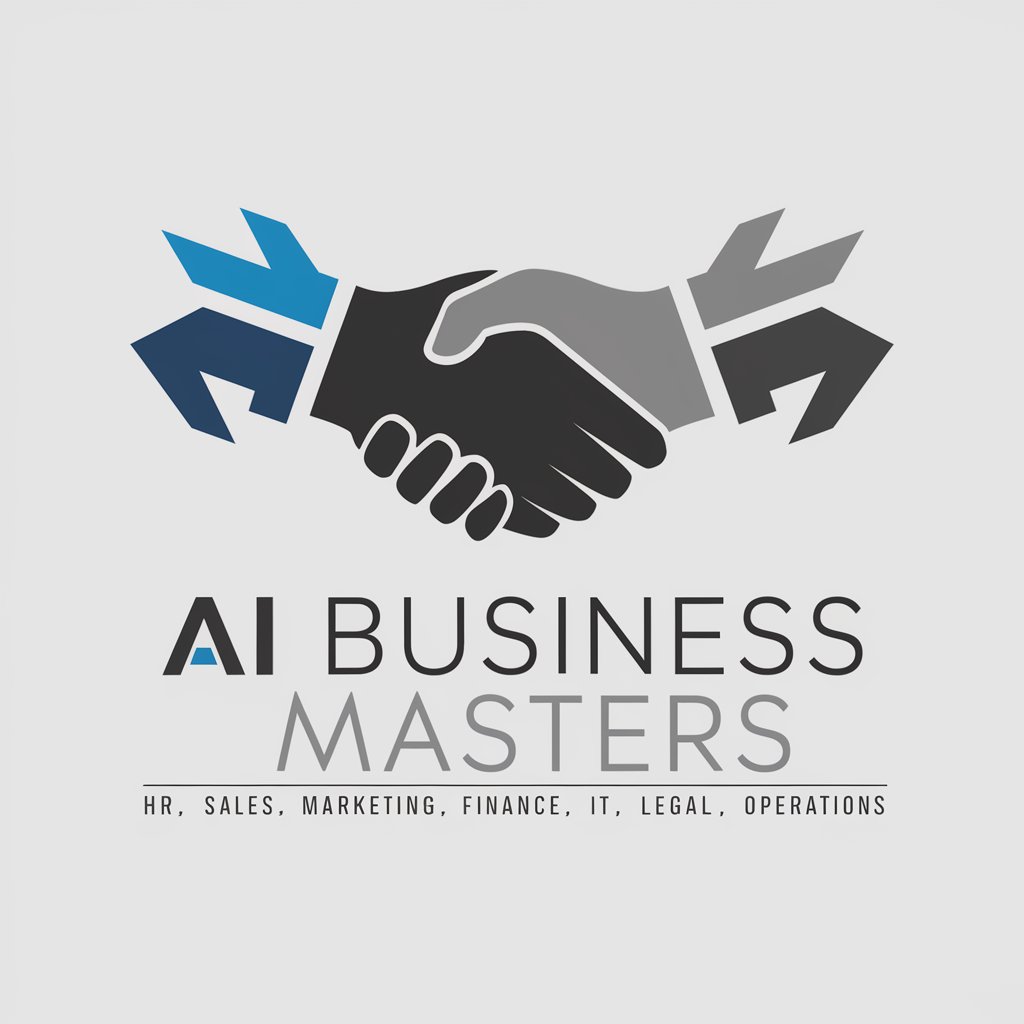
Health Masters
Your AI-Powered Health Assistant
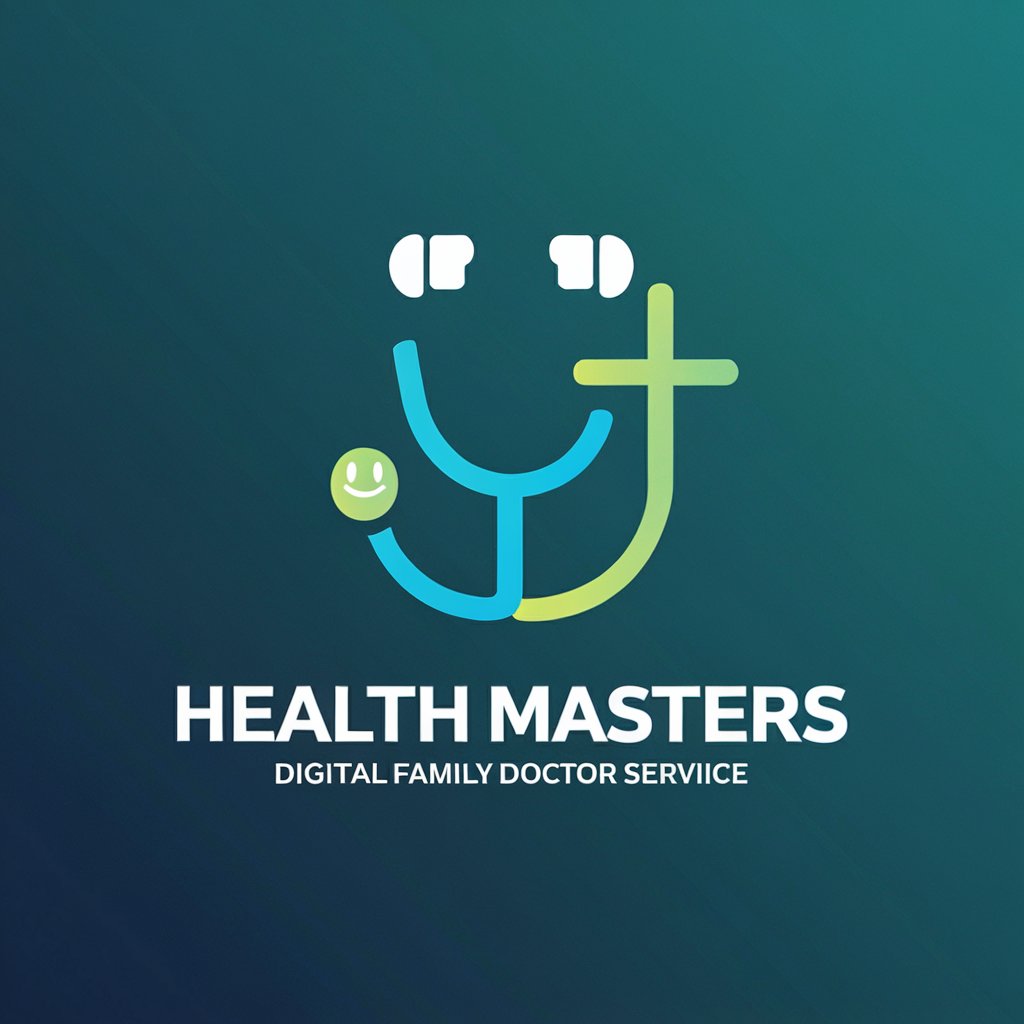
Game Masters
Empower Your Game with AI
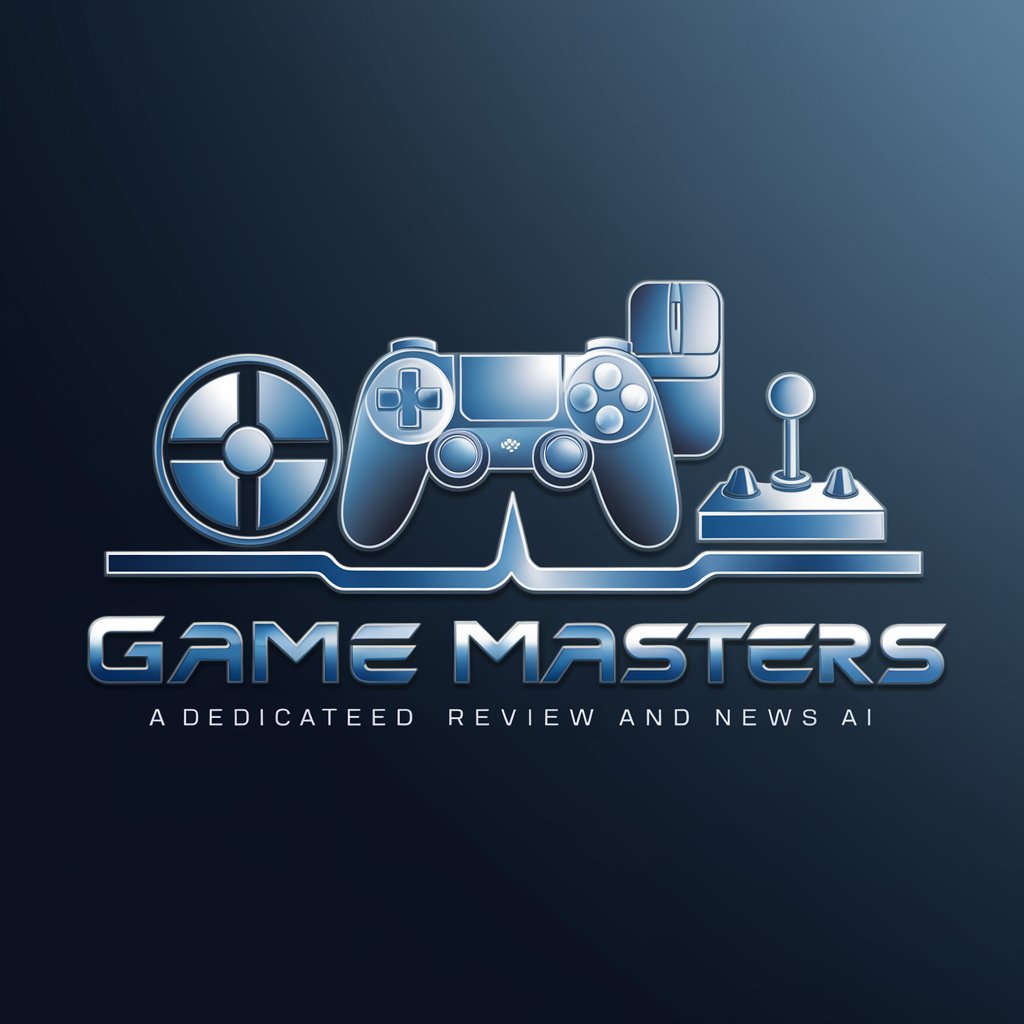
Mind Masters
Empower Your Intelligence, Connect Your World
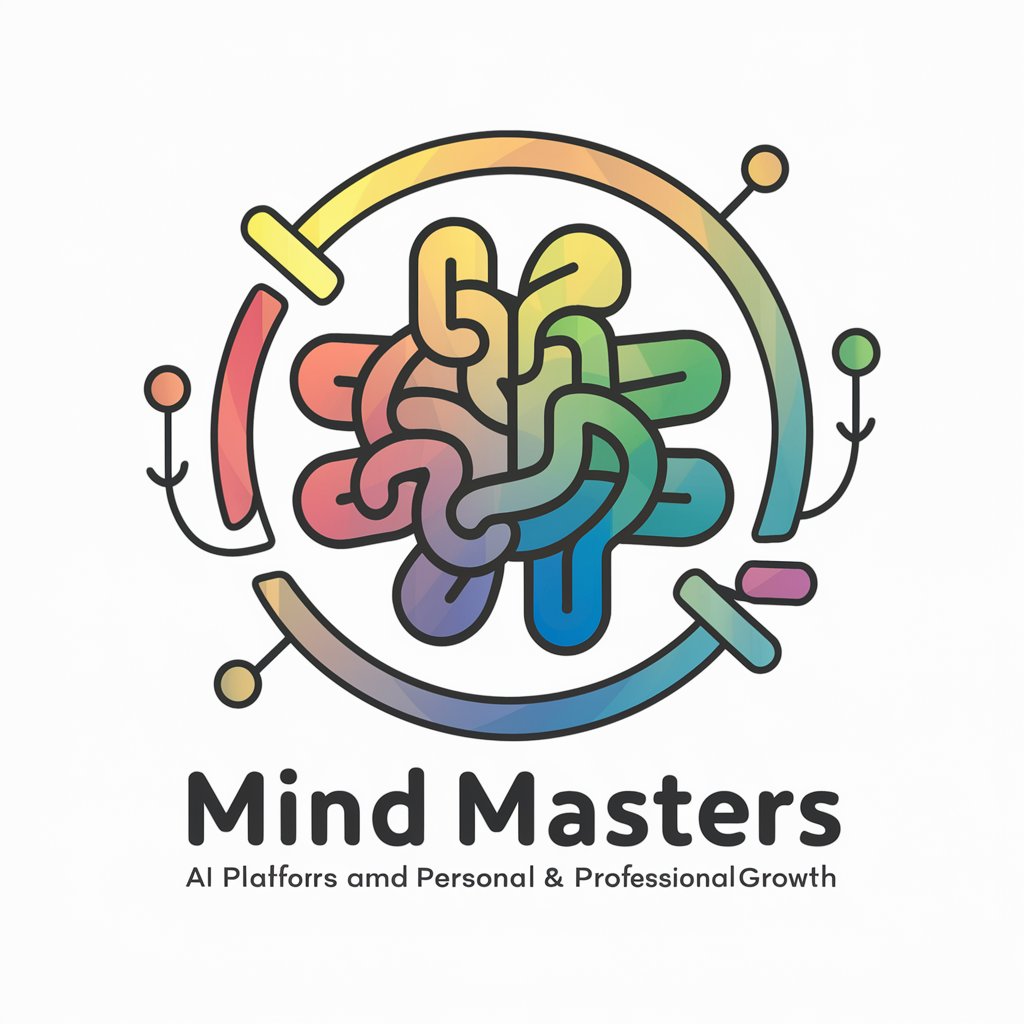
Professional Practice Seminar Tutor
Empowering Future Engineers with AI
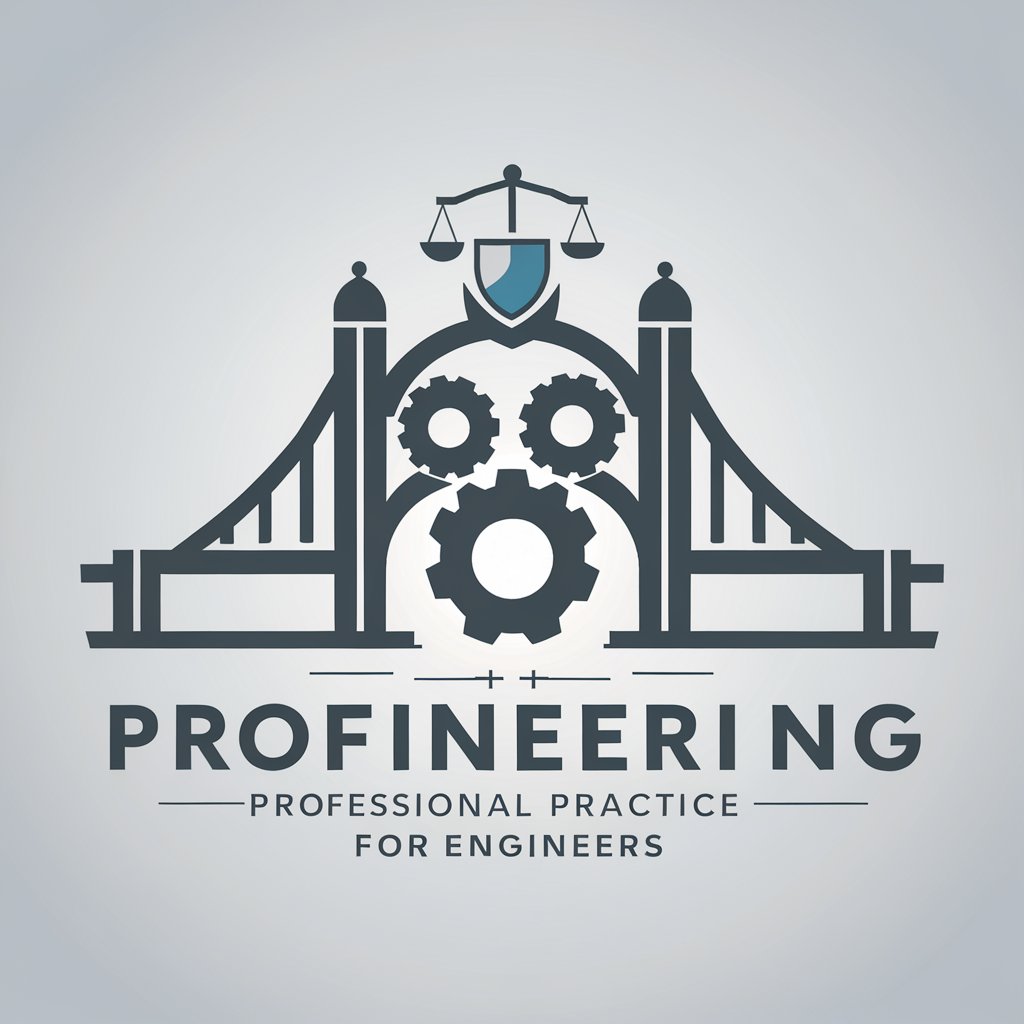
Seminar Insight
Unlocking Occupational Therapy Seminars with AI

lcms seminar translation gpt
Translating Theology with AI

Seminar Assistant
Empower your seminars with AI

The Studio Seminar
Enhance Your Studio Sound with AI

EdTech Coach AI
Empowering Education with AI
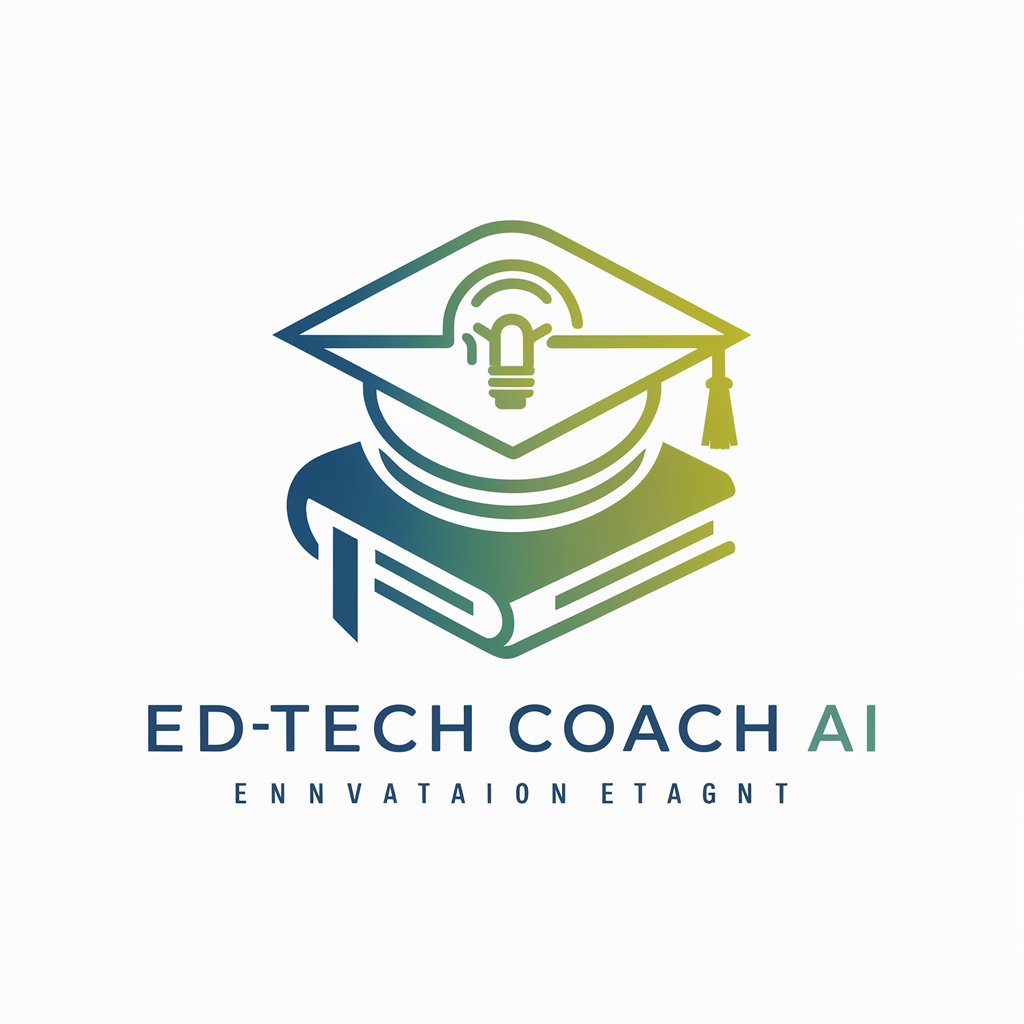
Frequently Asked Questions About Aerospace Engineering Seminar Tutor
Can the Aerospace Engineering Seminar Tutor help with thesis writing?
Yes, the tutor can assist with structuring your thesis, focusing on the aerospace engineering content, ensuring you have the right references and data, and maintaining technical accuracy throughout your document.
Does this tool provide real-time solutions to engineering problems?
While the tool offers comprehensive explanations and can guide through problem-solving processes, it does not execute real-time calculations or simulations. It is more focused on theoretical support and educational guidance.
How can I use this tool to improve my presentation skills in aerospace engineering?
The tutor can provide tips on effective communication of complex engineering concepts, help you organize your content for clarity and impact, and suggest ways to engage your audience effectively during presentations.
Is there support for learning about aerospace industry regulations?
Yes, the tutor can provide detailed information about global and national aerospace regulations, standards compliance, and how these impact engineering decisions and designs.
Can the tool help me understand complex aerospace engineering models?
Absolutely. It can break down complex models into understandable parts, explain their functions and interactions, and illustrate the principles behind these models with real-world applications.
